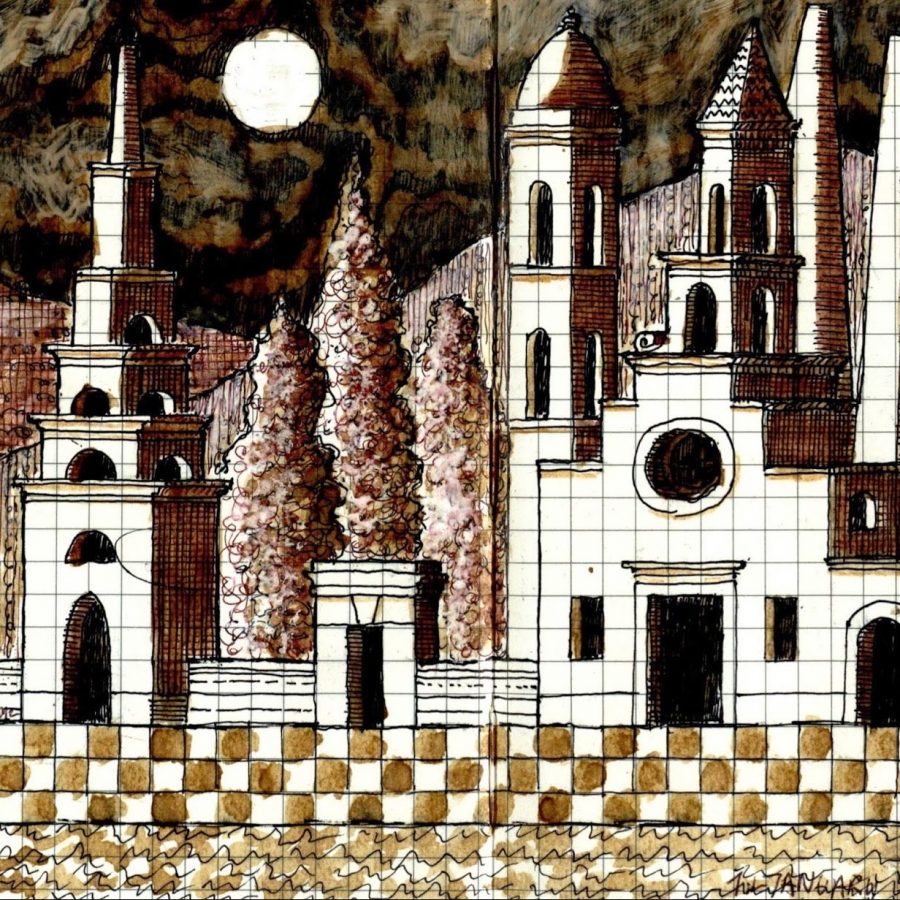EDITOR’S NOTE: This chapter from Lucien Steil’s insightful book, In the Mood for Architecture: Tradition, Modernism & Serendipity, is reprinted here with the gracious permission of both the author and his publisher, Ernst Wasmuth Verlag Tübingen.
It is difficult to add anything substantial to Quatremère de Quincy’s Essai sur la nature, le but et les moyens de l’imitation dans les beaux-arts (1823)1 and Dictionnaire historique de l’architect ure (1823–33)2, for Quatremère excels in precision and comprehensiveness as well as in depth. His genius proves to be universal. Let me therefore make a case for a conscientious study of his writings and encourage genuinely original architects and artists to learn from authentic sources. Abandon yourselves, dear readers, to the pleasure of the text. Vitruvius’ Ten Books of Architecture, Palladio’s Four Books of Architecture, the Abbé Laugier’s An Essay on Architecture, Alberti’s Ten Books of Architecture, Quatremère de Quincy’s On Imitation, Ruskin’s The Seven Lamps of Architecture, Tessenow’s Handwerk und Kleinstadt, Schumacher’s Der Geist der Baukunst, Karl Gruber’s Die Gestalt der Deutschen Stadt – these are all works of great beauty, beautiful in their ideas and concepts as well as in expression, composition and style.
The first principle of imitation would thus be to study the originals – to study them as they are in their firstness, their unprecedented novelty, without regard to what follows. Nothing is more invigorating and refreshing in times of confusion than to go back to origins. Learning is always a quest for original knowledge: “The first step we have to make is to examine, if we are allowed the term, the genealogy and relation of our ideas, the causes that have given rise to them, and the characteristics that distinguish them: in a word, to return to the origin and generation of our knowledge.”3
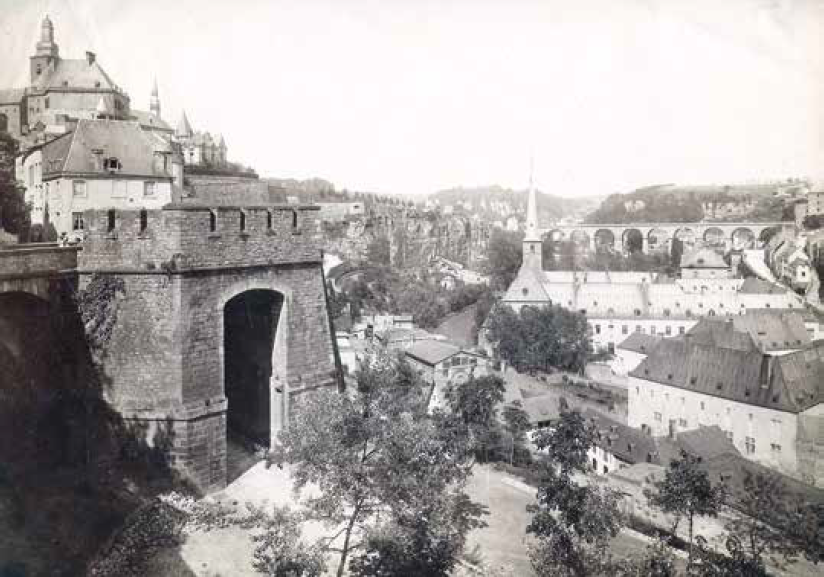
Origin and Originals
Léon Krier writes: “Architecture (Arche-tectonike) means literally form of origin. If this definition is relevant for the architecture of any organism and structure, it is fundamental for Architecture as the Art of Building. It is not that the principles of Architecture reach into an immemorial past, but that their origin is forever present.”4 And Heidegger argues: “Origin here means that from and by which something is what it is and as it is. What something is, as it is, we call its essence or nature. The origin of something is the source of its nature.”5
The reconstruction of architecture is not concerned with pastiche of any kind but with the rehabilitation of originality. Amid debate on the aesthetics of fragments and the poetics of conceptual and constructional inconsistency and confusion, there are imperative reasons for reclaiming the Classical ideals of integrity, harmony, beauty and reason, for questioning modern architectural production and ideology and re-establishing the validity of architecture as an artistic and intellectual discipline. This means understanding and celebrating originality as a nostalgia for origins rather than the euphoria of amnesia. Origins are of course historical and geographical as well as mythic and cultural realities returned to in truly generative fashion.
The true forms of origin are reconstituted by the process of imitation, in originals; in its constant reflection of origins imitation becomes the source of originality. Establishing a creative dialogue between origin and originals, it allows for the invention of permanence and the permanence of invention. In a context of continuity, originals themselves become legitimate objects of imitation. They represent the immense patrimony of architecture, the most genial and original inventions of mankind, accumulated through millennia of imitation. It is this compendious recollection mediated by imitation that is the essence of architecture.
However, one crucial question remains unanswered: if imitation is what is at issue in architectural invention, and if origin is the object of imitation, what then is the origin? Many writers have investigated this question of beginnings and offered a theory of origin. A comparative reading of the classic authors, such as Vitruvius, Alberti, Laugier and Quatremère de Quincy, is highly recommended in this context, but it is also fascinating to consult minor authors and historians to study the history of beginnings and so search, in Joseph Rykwert’s words, for “the memory of something which cannot but be lost”.6 Let me offer some comments on this question, basing most of my reflections on the authority of the ancient authors. Architecture is without a model in nature. There is no “natural house” or “natural city.” The invention of architecture is not an instinctive reaction to being in the world. Architecture is not a survival issue. In the beginning, man found shelter in the places that nature offered. Later, these different places were synthesized in the invention of architecture. Forms, spaces, materials and natural laws were all assimilated to each other in this immediate confrontation with nature. Nature thus stands at the beginning of architecture. The sky, the sun and stars, the elements, geology, the flora and fauna, elaborate structures and complex shapes, and last but not least, all those natural shelters which existed as part of the natural world long before man appeared: nests, caves, hives, shells. This enormous complexity, diversity, contrast and plurality in nature has always stirred man’s imagination and emotions, as well as his philosophical and scientific curiosity. Is it this too that lies behind the longing that informs architecture? Man must have sought very early on to materialize and symbolize his relationship with nature. Does architecture not finally achieve the reconciliation of man and the universe in conceiving of itself as perfected nature, hallowing both man’s home and the homes of his gods?7
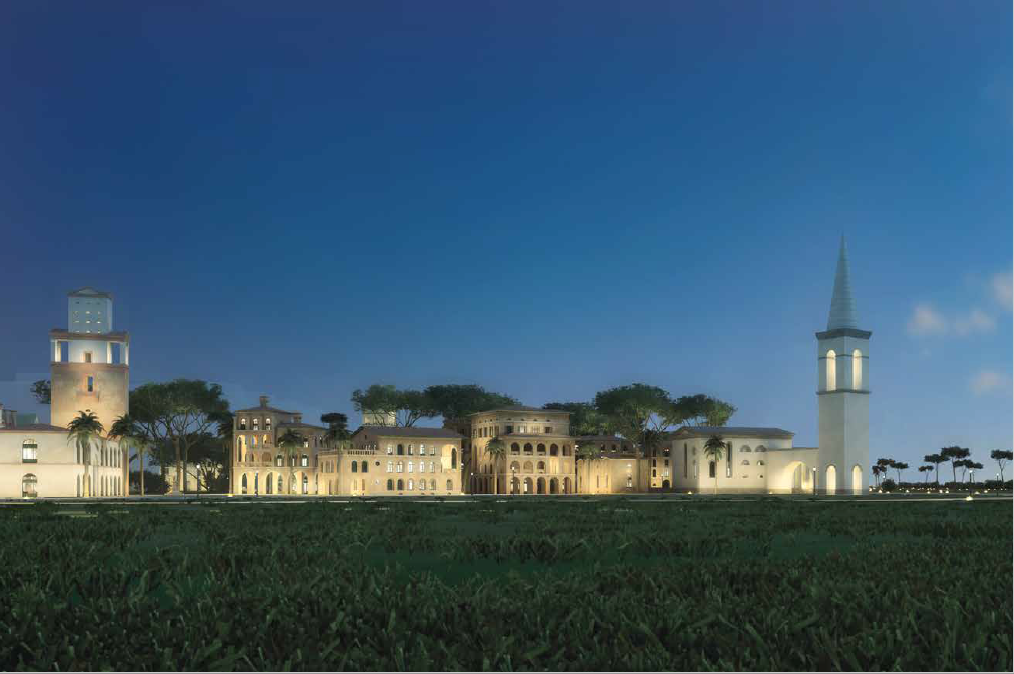
The Imitation of Nature
Quatremère de Quincy writes: “It is nature itself in its abstract essence which is taken as a model. It is the order of nature which becomes its archetype and genius.”8 If origin means the construction of the universe, the building of the world, there will be an original model (not for architecture directly, but for imitation) in nature. “Creation means the repetition of the original creation,” writes Mircea Eliade in The Sacred and the Profane.9 This original creation is defined as the “transformation of chaos into cosmos”. To capture the essence of nature – the universal principles of cosmic order and harmony – is the goal of imitation. Imitation thus becomes the creative process that synthesizes universe and nature into temples, houses, palaces, monuments and cities. Architectural invention through the imitation of nature means then the original and imaginative synthesis of constructive, formal, harmonious, functional and ecological principles inherent in nature. “This order which in Nature is hidden and implicit, Architecture makes patent to the eye,” writes Sir Geoffrey Scott.10
The famous “primitive hut” is but a metaphor for the origin of architecture in nature. It is, however, the most radical and inspiring way of exploring the nature of architecture, emphasizing the mythical character of origin. What we reconstruct with the primitive hut is beyond archaeological memory; it itself becomes the original paradigm for architecture, the poetic evidence of archaic memories. The primitive hut is a mythical, philosophical and artistic reconstruction, an original model that can be imitated and thus illustrates the very nature of architectural invention. Quatremère de Quincy’s discussion of the little rustic hut is elaborate and complex. His model evolves from the cabane symbolique or the primitive timber construction defined as an allegorical prototype, through its refinement by analogical imitation of the human body. Architecture finally equals nature and becomes the rival of its model.
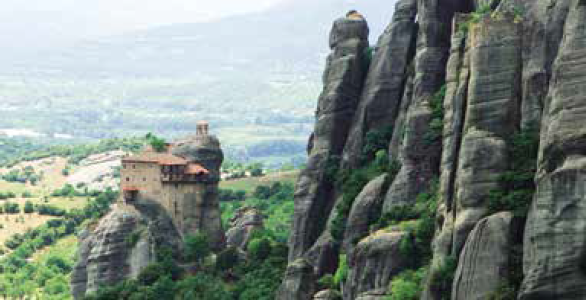
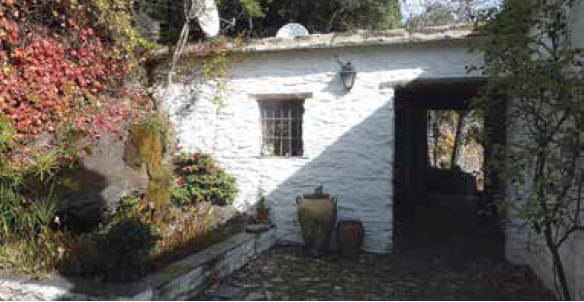
Imitation, Copy and Pastiche
This reading might be somewhat confusing to those who do not differentiate between copy, pastiche and imitation. Imitation is a truly inventive and creative process that combines the seriousness of true scholarship, the talent of true art, the intelligence of true inventiveness, the skills of true craftsmanship and the imagination of true creativity. Its object is to create something new in recreating an original model. Imitation is the reconstitution of an original, whereas a copy is merely the reproduction of a precedent. They are thus fundamentally different in intention, artistic and intellectual process, and result. Imitation is based on the critical, selective and inventive process of a living tradition, whereas the copy is concerned with the mechanical and literal replication of originals. Imitation addresses both essence and form, whereas a copy is interested only in appearance. Imitation is not concerned with similitude or dissimilarity: it has a much more profound understanding of originality, invention and what architecture is and has always been in its nature and form; its concern is to get to the essence of things and in doing so to reflect on the character, type and style of its own productions.
A pastiche is a partial and imperfect copy, a simplified reproduction of prominent stylistic and compositional elements that lacks, however, the rigor and discipline of a true copy. Although a copy is interested only in appearance, it is a reproduction requiring the seriousness and skill of the craftsman, whereas pastiche is not so much interested in appearance as in the impression of appearance. For the pasticheur, anything is good enough to recreate impressions (there are, of course, true and false impressions, good and bad pastiches). Imitation in architecture deserves more attention in contemporary discussion. Architecture is expressive of civilization and its condition, articulating memory and defining time and place. Architectural critics have been very quick to condemn authentic traditions, but if more critical interest and attention were now given to the study of traditional architecture and its practice of imitation, then its superiority in design and building, its modernity in ecological and socio-cultural terms and its success in building a beautiful, comfortable and durable world would certainly no longer go unacknowledged.
Architecture has to depend on tradition, appropriated through imitation. Neither Zeitgeist nor genius loci can be grasped by individuals or groups still immersed in them, without benefit of historical distance. Too often, these poetical concepts are used to ground narrow historical interpretations and speculations. Any project, in any historical period, necessarily deals with time and place and expresses its contemporary or modern situation. Both time and place transcend the limitations of the present and engage the complexity of history and mythology. Tradition is history with a project, not history as undifferentiated description of the past. It refers to the intelligence and creativity of past generations, as well as to memory – of the past and of the future. Imitation mediates actively between traditions and reconstruction. It contributes to the constant enrichment of architecture and urbanism with new originals. It is concerned with the nature of things, their true appearance, and it re-establishes economy, propriety and beauty as the first principles of architecture. Imitation actualizes the modernity of tradition in the context of reconstruction in which ecological, economic, humanistic and cultural concerns are intelligently integrated.
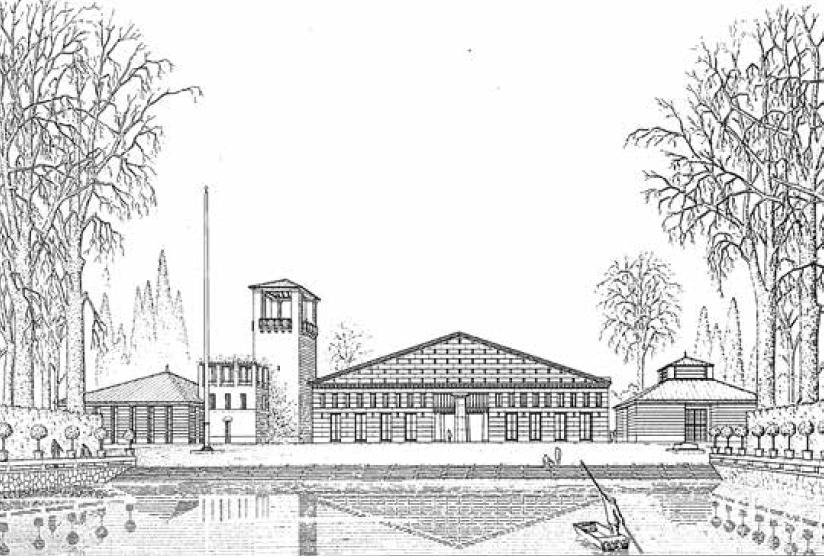
Endnotes
1 Translated as An Essay on the Nature, the End and the Means of Imitation in the Fine Arts, London: Smith, Elder, 1837.
2 Some chapters translated in The Historical Dictionary of Architecture of Quatremère de Quincy: The True, the Fictive and the Real, introd. and trans. Samir Younés, London: Papadakis 1999.
3 Jean le Rond d’Alembert, “Discours préliminaire” to Denis Diderot’s Encyclopédie raisonnée des Sciences, des Arts et des Métiers.
4 Demetri Porphyrios, ed., “Léon Krier: Houses, Palaces, Cities”, Architectural Design Profile 54, 1984.
5 Martin Heidegger, Poetry, Language,Thought, 1971, trans. Albert Hofstadter, San Francisco: Harper Collins, 2001.
6 Joseph Rykwert, On Adam’s House in Paradise, Cambridge, Mass. and London, England: MIT Press, 1983.
7 See Alberto Perez-Gomez, Architecture and the Crisis of Modern Science, Cambridge, Mass. and London, England: MIT Press, 1983.
8 The Historical Dictionary of Architecture of Quatremère de Quincy.
9 Mircea Eliade, The Sacred and the Profane: The Nature of Religion, New York, Harcourt Brace Jovanovich, 1959. Author’s translation from the French version, Le Sacré et le Profane, Étude Poche, 1988.
10 Sir Geoffrey Scott, The Architecture of Humanism; A Study in the History of Taste, 1914, New York and London: W.W. Norton & Company, 1999.
